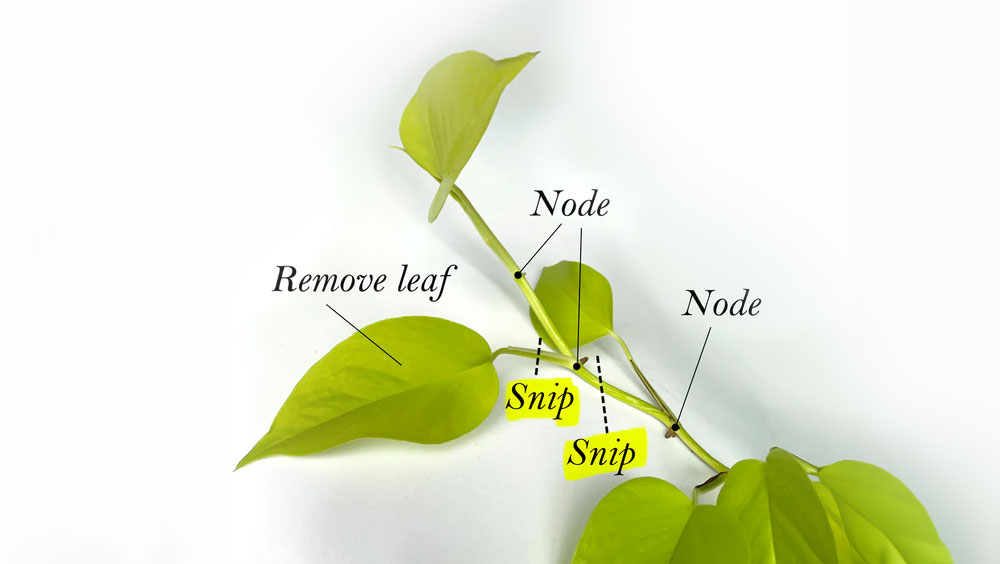Learning how to propagate houseplants can be a fun and rewarding experience. Propagation is the process of creating new plants from existing ones, allowing you to expand your indoor garden without buying more plants. Whether you are a beginner or an experienced gardener, this guide will provide you with easy-to-follow steps to propagate houseplants successfully, ensuring your garden continues to "grow on you."
Understanding Propagation
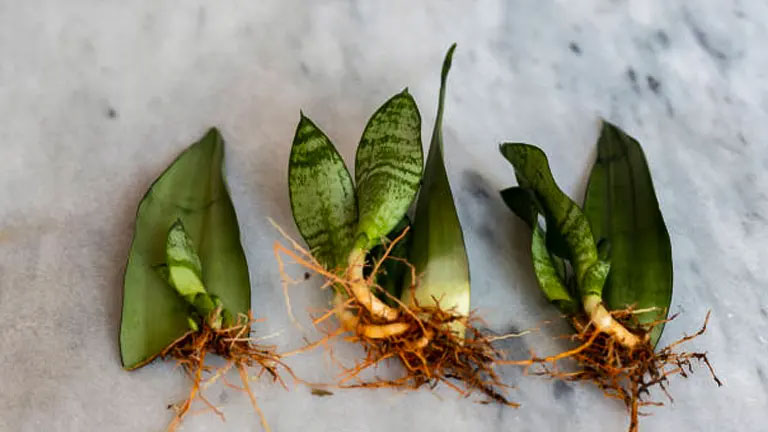
Propagation can be done in several ways, including using cuttings, division, or layering. The method you choose depends on the type of houseplant you are working with. Common methods include propagating from stem cuttings, leaf cuttings, or dividing the plant’s roots. Each method has its own steps and requirements.
Choosing The Right Plant

Not all houseplants propagate in the same way. Some plants are easier to propagate than others. Popular choices for beginners include pothos, philodendrons, succulents, and spider plants. These plants are known for their ease of propagation and high success rates, making them perfect for those new to the process.
Propagating From Stem Cuttings
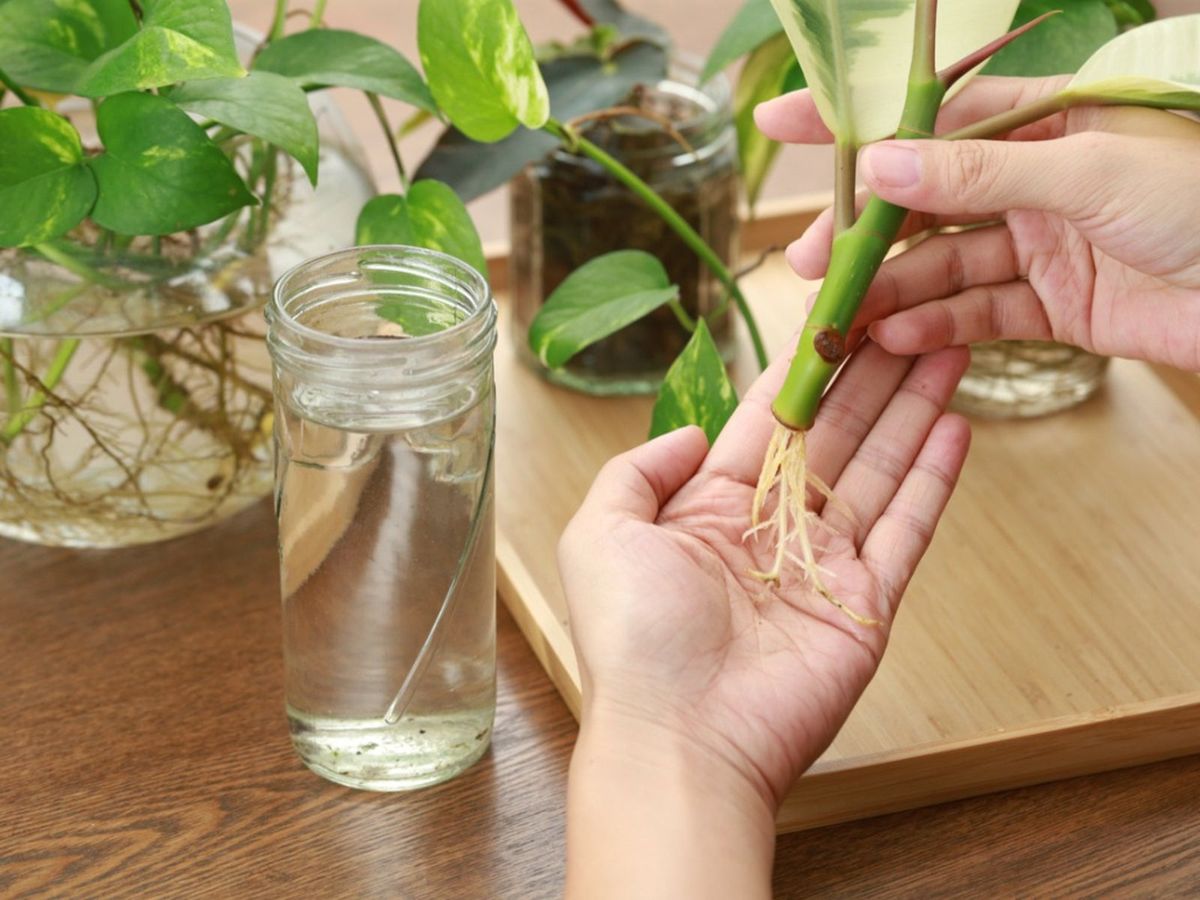
One of the most common methods of propagating houseplants is through stem cuttings. Here’s how to do it:
- Select a healthy stem from the mother plant.
- Using clean, sharp scissors or pruning shears, cut a 4-6 inch section of the stem just below a node (the point where leaves attach to the stem).
- Remove the lower leaves, leaving a few at the top.
- Place the cutting in a glass of water, ensuring the nodes are submerged.
- Keep the glass in a bright, indirect light location and change the water every few days.
- Once roots develop (usually within a few weeks), transplant the cutting into soil.
Propagating From Leaf Cuttings
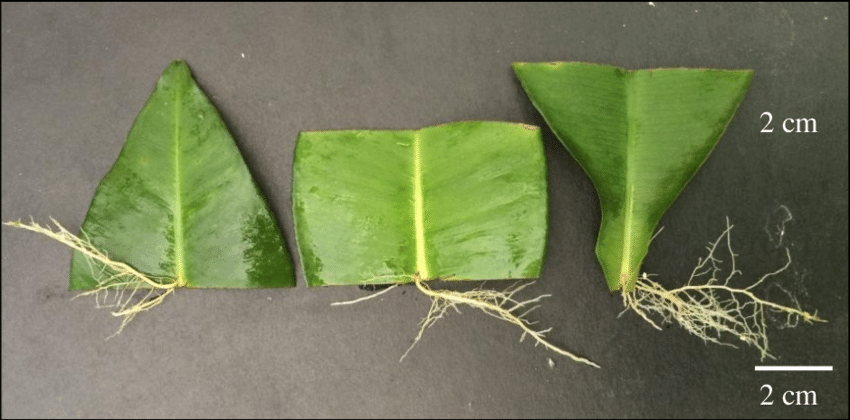
Some plants, like succulents and African violets, can be propagated from leaf cuttings. Here’s how:
- Gently remove a healthy leaf from the plant.
- Allow the leaf to dry for a few days until the cut end forms a callus.
- Place the leaf on top of moist soil or insert the cut end slightly into the soil.
- Keep the soil lightly moist and place the container in indirect sunlight.
- New roots and shoots will eventually grow from the base of the leaf.
Propagating By Division

Division is a method suitable for plants that grow in clumps, such as peace lilies and ferns. Here’s how:
- Remove the plant from its pot and gently shake off excess soil.
- Carefully separate the root ball into smaller sections, ensuring each section has roots and foliage.
- Replant each section into a new pot with fresh soil.
- Water the new plants thoroughly and place them in a location with appropriate light.
Caring For New Plants
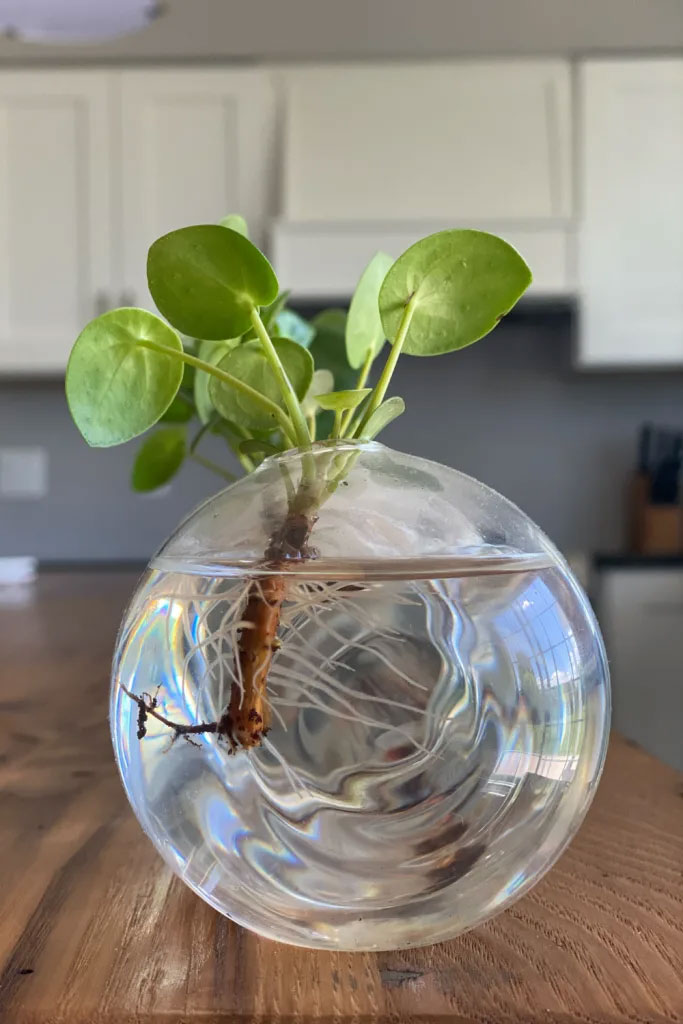
Once you have successfully propagated your houseplants, proper care is essential to ensure their growth. Keep the soil moist but not waterlogged, provide adequate light, and avoid fertilizing the new plants until they are well-established. Patience is key, as it can take several weeks or even months for the new plants to grow and thrive.
Common Mistakes To Avoid
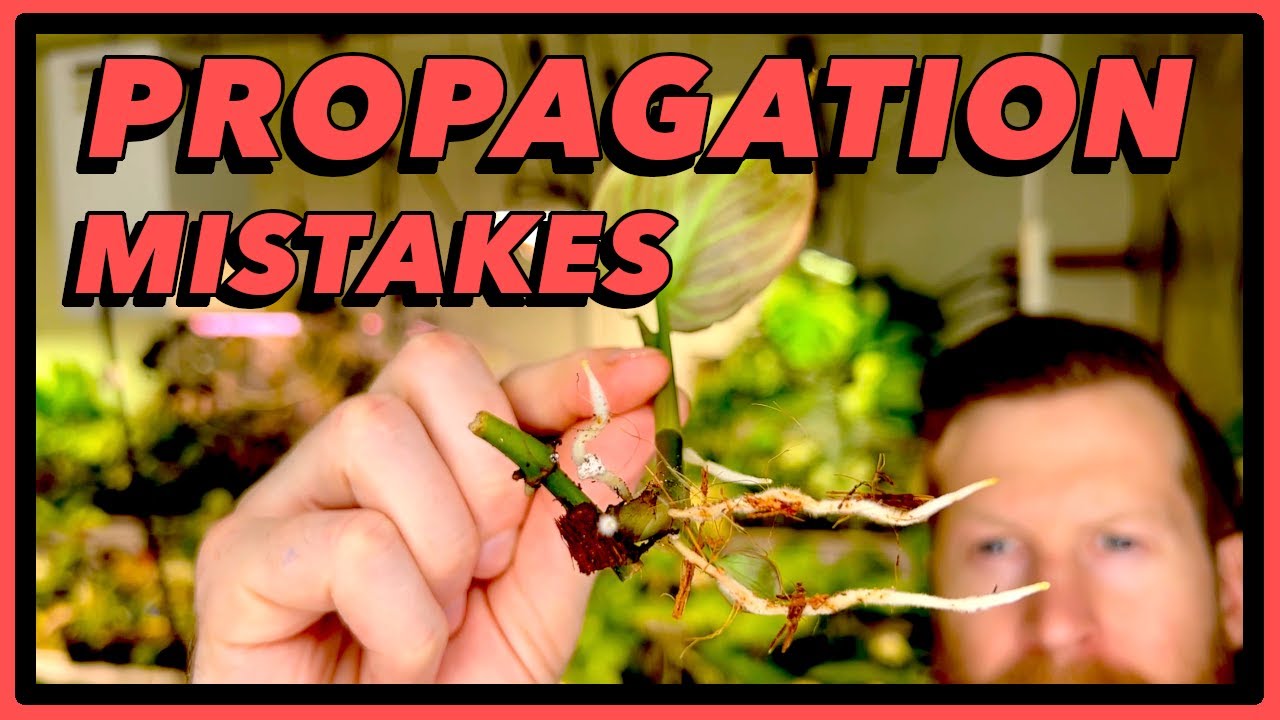
When learning how to propagate houseplants, it's easy to make mistakes. Avoid using dull cutting tools, which can damage the plant, and ensure that your cuttings or divisions have adequate light and water. Overwatering is a common mistake that can lead to root rot. Additionally, be patient and give your plants time to develop.
Propagating houseplants is a cost-effective and satisfying way to expand your indoor garden. By following these simple steps and understanding the needs of your plants, you can successfully propagate and enjoy new houseplants. Whether you’re propagating from stem cuttings, leaf cuttings, or divisions, the key is to be patient and attentive to your plants’ needs.

